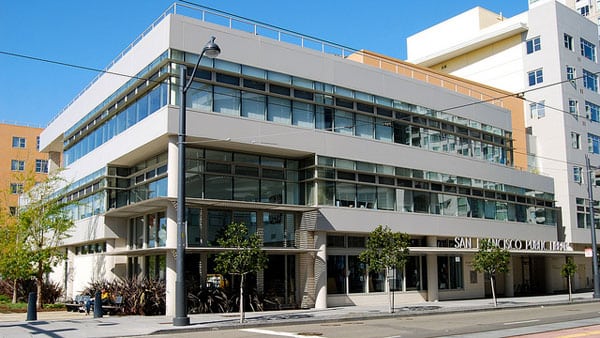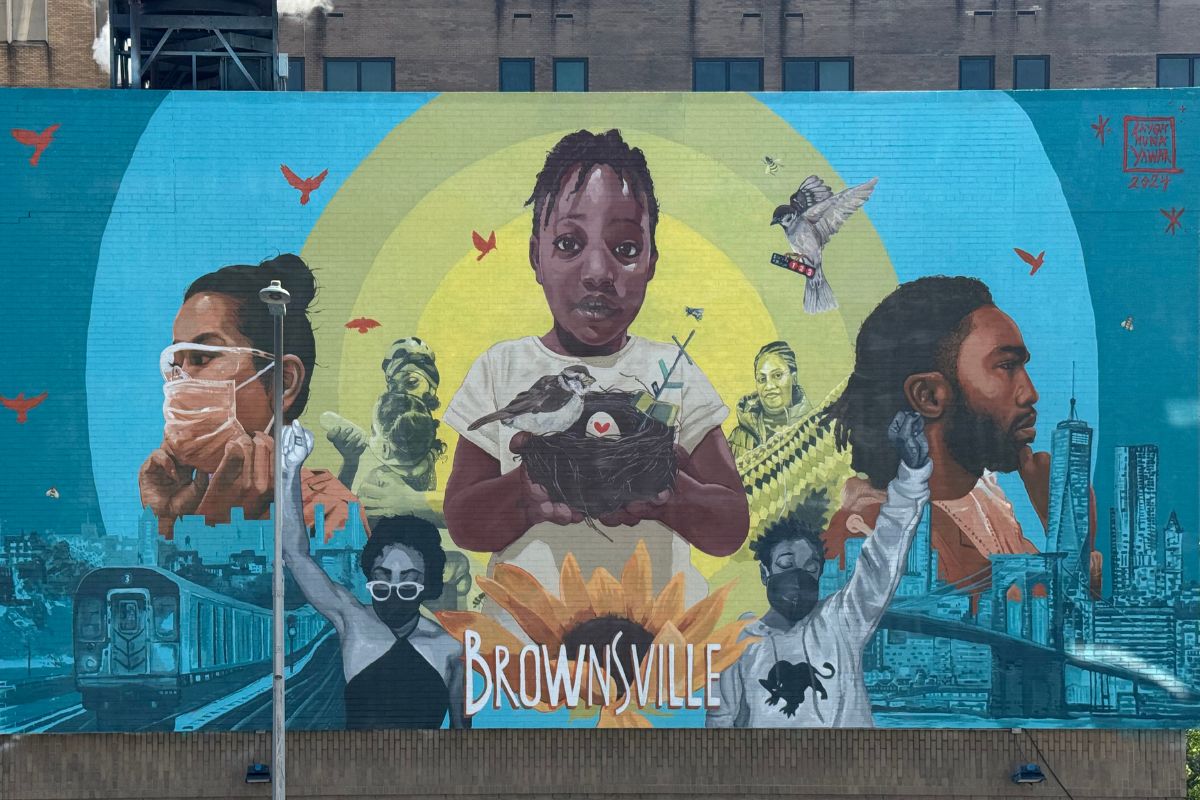
June 8, 2018; Next City
Once upon a time, the Internet was expected to lead to the end of libraries. A 2004 Economist article, for example, began with a statement that “Public libraries will be redundant by 2020 [based] on current trends.” But instead, as NPQ has noted, libraries’ importance has gone up, driven largely by their increasingly vital role as community centers. NPQ’s Ruth McCambridge gave a few examples: “The Chicago Public Library offers a free ‘Maker Lab’ with access to 3-D printers, laser cutters, and milling machines. Washington State’s Lopez Island Library lets people borrow musical instruments. The Library Farm in Cicero, New York, even lets patrons interested in organic gardening borrow plots of land.”
In Next City, Jared Brey further observes that in many cities libraries “already provide crucial services to people experiencing homelessness, job-seekers, and victims of opioid overdoses, as well as the millions of students and readers who make up their traditional constituency.” Brey asks, “Could they help create housing in competitive urban real estate markets, too?”
At least one San Francisco supervisor thinks they might, in part because one branch library has been doing that for over a decade now. As Brey explains, the city’s Mission Bay Branch Library opened in 2006 as part of a mixed-use development that includes “retail space, a community meeting hall, a health center, and around 140 housing units for very-low-income seniors, some of whom were transitioning out of the nearby Laguna Honda long-term-care hospital.”
At a recent public meeting, Sandra Lee Fewer, a member of the city’s Board of Supervisors, asked acting librarian Michael Lambert to explore whether future library renovations might include affordable housing. Fewer hopes to leverage existing public land to create multi-story facilities that include both libraries and housing.
“We are in an affordability crisis and we need to maximize our existing public land for 100 percent affordable housing,” Fewer adds. “It would be a missed opportunity to not pursue adding affordable housing above newly renovated public resources, like our libraries.”
Sign up for our free newsletters
Subscribe to NPQ's newsletters to have our top stories delivered directly to your inbox.
By signing up, you agree to our privacy policy and terms of use, and to receive messages from NPQ and our partners.
Brey adds that San Francisco is not alone. “Chicago broke ground on an affordable housing-library combo earlier this year and New York City is planning one of its own.”
Broadly speaking, San Francisco’s public library has a stellar reputation. The library system, named “Library of the Year” by Library Journal last week, operates 28 branches throughout the city. Total in-person visits last year exceeded 6.6 million.
For his part, Lambert has indicated that the library would be open to combining library renovations with housing development, although “there are no plans currently for new branches and the Library will need to complete a comprehensive facilities master planning process before we’ll be in a position to actualize such an option.”
Brey notes that Sharon Christen, a housing developer at Mercy Housing who served as project manager for the Mission Bay combined library-housing development, indicates, not surprisingly, that it is easier to design a mixed-use project that incorporates housing and civic uses like a library from the onset than it is to build new housing on top of existing library branches.
That said, when planned in advance, mixed library-housing developments can work well. Christen notes that the Mission Creek Senior Housing project atop the library operates smoothly—smoothly enough to get one supervisor thinking about how to replicate its principles. As Brey observes, “If the city’s public library system gets more capital funding down the line, or residential development creates demand for another new branch,” San Francisco already has an effective library-housing model it could follow for future housing development.—Steve Dubb











